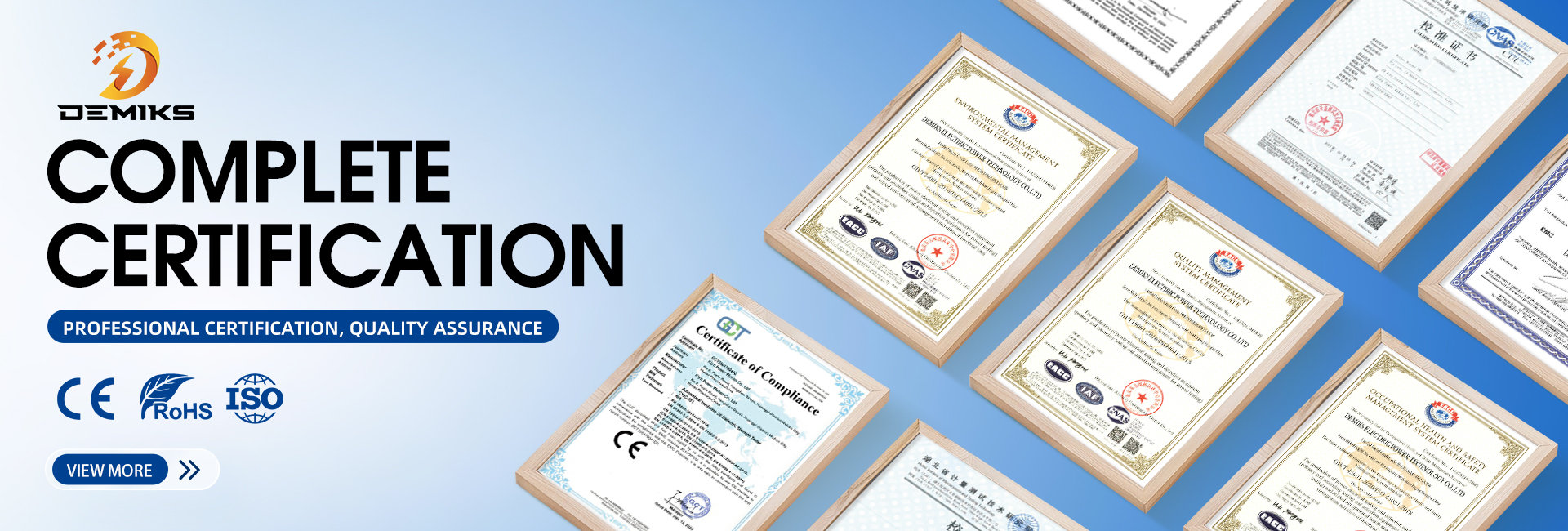Three-phase transformer short circuit test guidelines and safety precautions
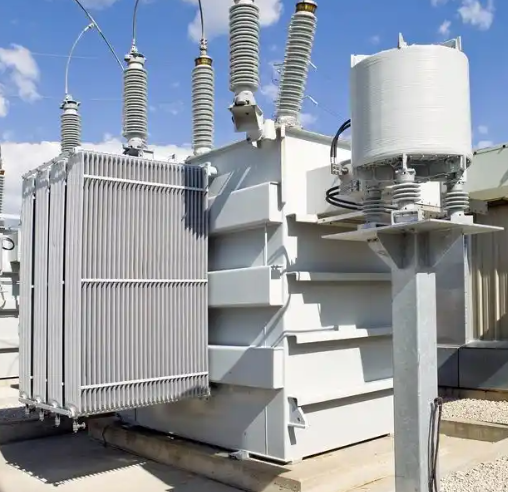
Engineers at demiks, a manufacturer of transformer test equipment, speak of short circuit testing (also known as impedance testing or load loss testing) as an important diagnostic procedure for three-phase transformers. Full technical details are given below:
1. Purpose of the Test
Determine copper losses (I²R losses) at rated current
Calculate equivalent impedance (Zₛₛ), resistance (Rₛₛ), and reactance (Xₛₛ)
Verify transformer's withstand capability under fault conditions
Provide data for protection relay settings
2. Test Setup & Connections
mermaid复制
graph LR A[3-Phase Variax] -->|Variable Voltage| B[Transformer HV] B -->|Short Circuit| C[LV Terminals] D[Power Analyzer] --> B
E[CT/PT] --> D
Equipment Required:
Variable AC voltage source (0-10% of rated voltage)
Current transformers (CTs) & potential transformers (PTs)
Power analyzer (measures P, I, V, PF)
Temperature sensor (for resistance correction)
3. Step-by-Step Procedure
A. Pre-Test Preparations
Short LV windings using heavy copper busbars (ensure solid connection)
Connect instruments to HV side (test is typically performed from HV side)
Verify all safety interlocks are active
B. Test Execution
Gradually increase voltage until rated current flows (usually 5-8% of rated V)
Record at steady state:
Input voltage (Vₛₛ)
Current (Iₛₓ = Rated current)
Power (Pₛₛ)
Winding temperature (θ)
C. Key Measurements
| Parameter | Symbol | Typical Range (Oil-immersed 10MVA) |
|---|---|---|
| Short-circuit voltage | Vₛₛ | 5-12% of rated V |
| Load loss | Pₛₛ | 0.3-1.2% of rated power |
| Impedance | Zₛₛ | 4-10% (distribution), 12-20% (furnace) |
4. Calculations
A. Impedance Parameters
Equivalent impedance (Zₛₛ):
Zss=IratedVssEquivalent resistance (Rₛₛ):
Rss=3×Irated2PssEquivalent reactance (Xₛₛ):
Xss=Zss2−Rss2
B. Temperature Correction (to 75°C)
Rss(75°C)=Rss(θ)×235+θ235+75
Pss(75°C)=3×I2×Rss(75°C)
5. Interpretation of Results
Normal vs. Abnormal Findings
| Result | Possible Causes |
|---|---|
| High Zₛₛ | Loose connections, winding deformation |
| Low Zₛₛ | Shorted turns, incorrect tap position |
| High Pₛₛ | Poor conductor quality, eddy current losses |
| Unbalanced phases | Damaged winding, core asymmetry |
6. Safety Considerations
Use IR goggles during energization (arc flash risk)
Ensure proper shorting bar cross-section (≥1.5× cable area)
Follow IEEE C57.12.90 and IEC 60076-5 standards
7. Practical Example
Test Data:
10MVA, 33/6.6kV Dyn11 transformer
Vₛₛ = 1800V (5.45% of 33kV)
Iₛₛ = 175A (rated)
Pₛₛ = 85kW at 32°C
Calculations:
Zss=1751800=10.29Ω (9.36% impedance)
Rss=3×175285000=0.925Ω
Corrected to 75°C: Rss(75°C)=1.106Ω, Pss(75°C)=101.6kW
8. Comparison with Open Circuit Test
| Parameter | Short Circuit Test | Open Circuit Test |
|---|---|---|
| Winding energized | HV | LV |
| Losses measured | Copper (load) | Iron (no-load) |
| Voltage applied | Low (5-8%) | Rated |
Industry Tip: Always perform short circuit test before open circuit test to avoid core remanence effects.
9. Advanced Applications
Frequency response analysis: Detect winding displacement
Dynamic short-circuit testing: Verify mechanical strength
Thermal imaging: Identify hot spots during test
This test is essential for transformer test equipment nameplate data verification, efficiency calculations, and protection coordination studies. Always refer to factory test reports and IEEE/IEC standards for detailed analyses.
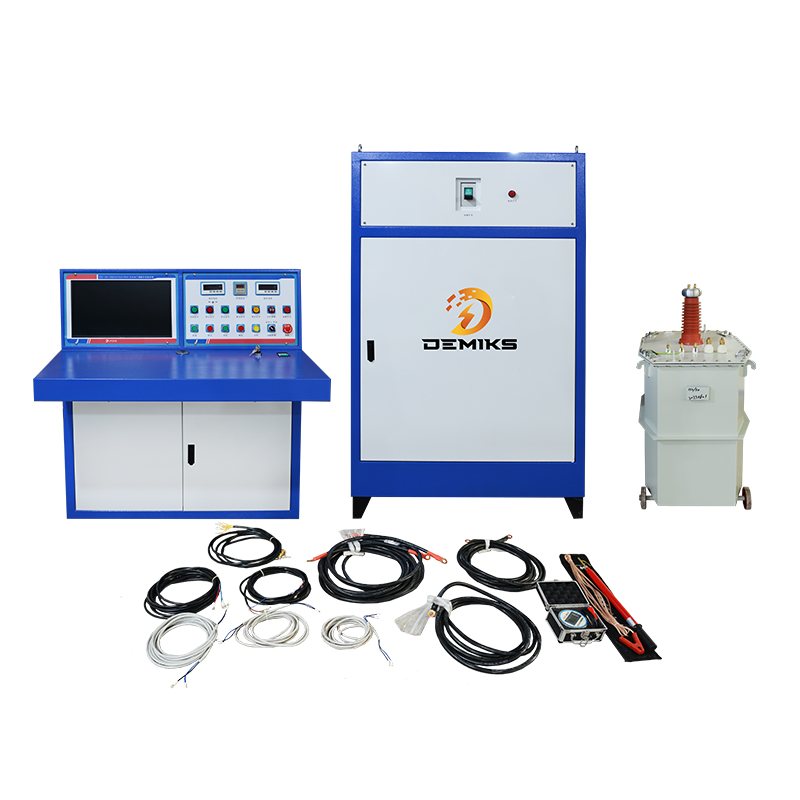 Relay Protection Testing and Commissioning Gu
Relay Protection Testing and Commissioning Gu
 how to test microwave transformer
how to test microwave transformer
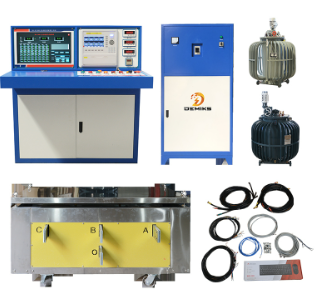 how to reset circuit breaker with test button
how to reset circuit breaker with test button
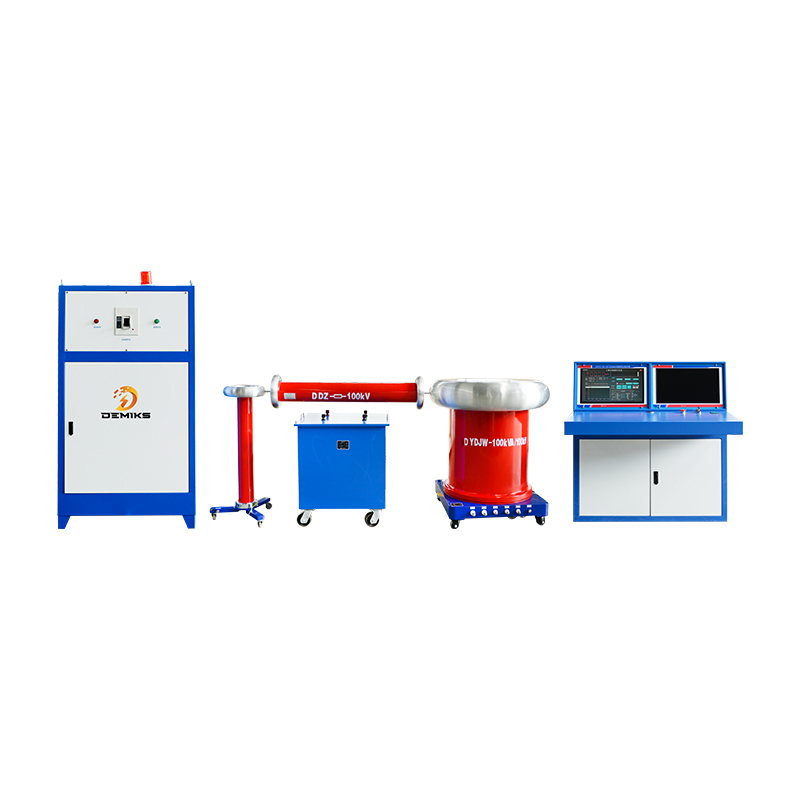 high voltage cable testing standards
high voltage cable testing standards



